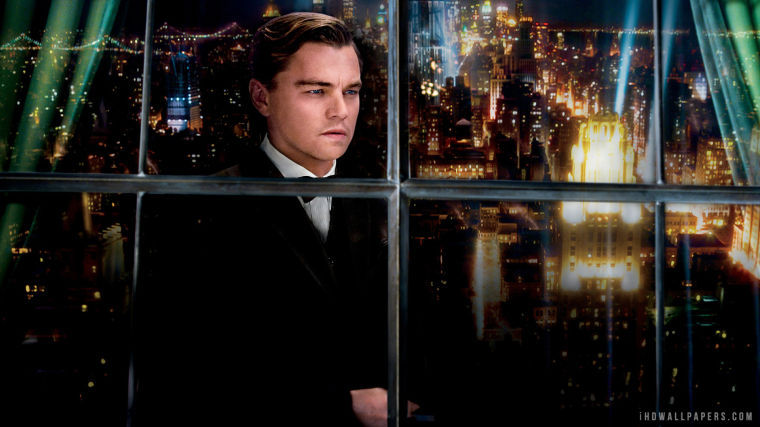There may no longer be a green light beckoning from the shores of the Port Washington peninsula, and police may take a harder line on all-night mansion parties than they did in the Roaring Twenties. But as director Baz Lurhman’s “The Great Gatsby” prepares to hit theaters, Great Neck is once again West Egg.
F. Scott Fitzgerald’s Jazz Age elegy to fading American dreams will hit the silver screen May 10, in a blockbuster adaptation starring Leonardo DiCaprio, Tobey Maguire and Carey Mulligan. And its setting on the Great Neck and Port Washington peninsulas, where Fitzgerald lived, wrote and watched revelers party from across the bay, is shining a light on the Gold Coast’s cultural history.
“It was extraordinarily important to him,” said Ruth Prigozy, a professor of English at Hofstra University and the executive director of the F. Scott Fitzgerald Society. “Without Great Neck he would not have had the kind of inspiration he had for the Great Gatsby.”
Fitzgerald moved to the still-standing house at 6 Gateway Drive in Great Neck in 1922, where he lived with his wife Zelda until 1924. It was there that he received an advance on the novel that would become “The Great Gatsby” – a $3,393 cut from his publisher that comes to about $50,000 in 2013 dollars.
Great Neck’s Gatsby connection extends to the new film as well. The Great Neck Arts Center will host a private advance screening on May 8 at Port Washington’s Soundview Cinema that will feature an introduction by Lurhman, an Australian director whose “Moulin Rouge!” was nominated for the Best Picture Academy Award in 2002.
“I’m fortunate enough to call Baz a friend,” said Great Neck Arts Center Executive Director Regina Gil. “Watching his mind work – he’s a real artist, he’s a real creative, imaginative, outside of the box thinker. Which is wonderful, and he adores the Gold Coast.”
“In the grand scheme of things we’re not Cannes. Tribeca didn’t get it. We got it, which is pretty extraordinary,” Gil added. “It’s a huge deal to have a private screening like this with an international director”
Though the film was not shot on location on Long Island, Lurhman used footage of Great Neck’s and Port Washington’s mansions as reference for Gatsby’s home, according to Gil.
“He basically created a conglomerate of the perfect mansion from the all the parts that he saw when he was out here,” Gil said.
And in “The Great Gatsby,” along with mansions come parties – vividly described, debauched celebrations to which narrator Nick Carraway finds himself both irresistibly attracted and repelled.
Like Gatsby gazing across the bay at the green-lit dock of East Egg, Fitzgerald would sit with his friend, newspaper columnist Ring Lardner, and watch the peninsula’s wealthy socialites flock to and from the East Shore Road estate of New York World editor Herbert Bayard Swope, according to Prigozy.
“The two of them would sit and watch people coming to these great parties,” Prigozy said. “And of course this gave him part of the inspiration.”
Great Neck in the 1920s, with its coterie of Broadway stars and artists, was a perfect setting for the post-war extravagance that Fitzgerald examined in “The Great Gatsby” and which would meet an end during the Great Depression.
“People were making money. It was well before the depression, and people were living in a world where they thought they could have everything they wanted,” Prigozy said.
As for the new film, Prigozy – who was consulted by the movie’s producers – said she hopes it captures Fitzgerald’s ambivalence towards his moneyed characters and their American dreams. But judging from the trailers, she is not overly optimistic.
“I said please, don’t make it all about the parties,” Prigozy said. “Of course, that’s what they did.”



